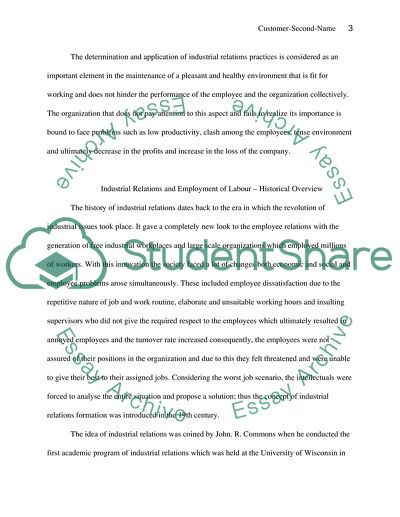Cite this document
(Industrial Relations Term Paper Example | Topics and Well Written Essays - 2750 words, n.d.)
Industrial Relations Term Paper Example | Topics and Well Written Essays - 2750 words. Retrieved from https://studentshare.org/sociology/1741737-industrial-relations-essay
Industrial Relations Term Paper Example | Topics and Well Written Essays - 2750 words. Retrieved from https://studentshare.org/sociology/1741737-industrial-relations-essay
(Industrial Relations Term Paper Example | Topics and Well Written Essays - 2750 Words)
Industrial Relations Term Paper Example | Topics and Well Written Essays - 2750 Words. https://studentshare.org/sociology/1741737-industrial-relations-essay.
Industrial Relations Term Paper Example | Topics and Well Written Essays - 2750 Words. https://studentshare.org/sociology/1741737-industrial-relations-essay.
“Industrial Relations Term Paper Example | Topics and Well Written Essays - 2750 Words”, n.d. https://studentshare.org/sociology/1741737-industrial-relations-essay.


